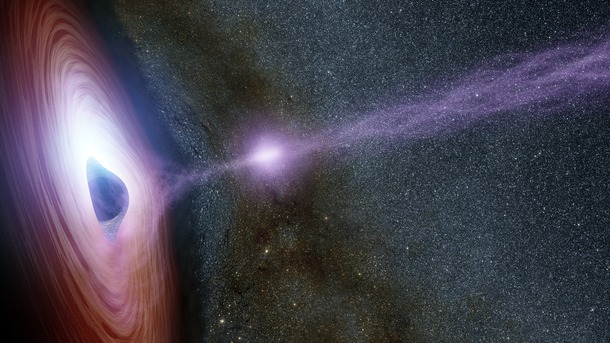
I study the environments surrounding supermassive black holes called active galactic nuclei (AGN). Understanding how matter falls into an AGN reveals a great deal about the conditions and geometry around it, and can even disclose properties of the black hole itself (e.g. mass and spin). I use X-ray observations to facilitate my work. X-rays are produced in the hottest and most volatile regions nearest black holes.
I am also involved in a number of new and upcoming missions that will revolutionize the field of X-ray astronomy in the near future.
I am always interested in working with motivated students. If you would like to pursue a project with me or are intetest in graduate school, feel free to contact me.
The Gallo research team.
Saint Mary's AstophysicS High-Energy ResearcherS

MSc student

PhD student

BSc student
Postdoc Fellow

MSc student
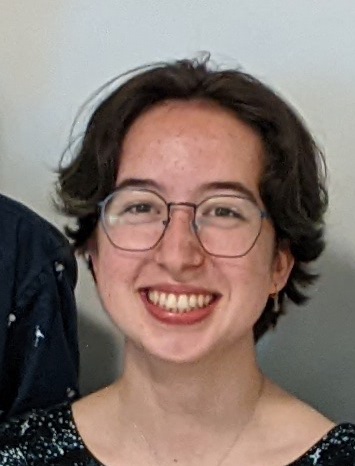
BSc student

BSc student

MSc student

Postdoc Fellow
You can find a complete list of my publications at this ADS link.
Here, I have listed a selection of recent works including some new publications, public talks, and future mission studies. Each is linked to where you can get additional information.
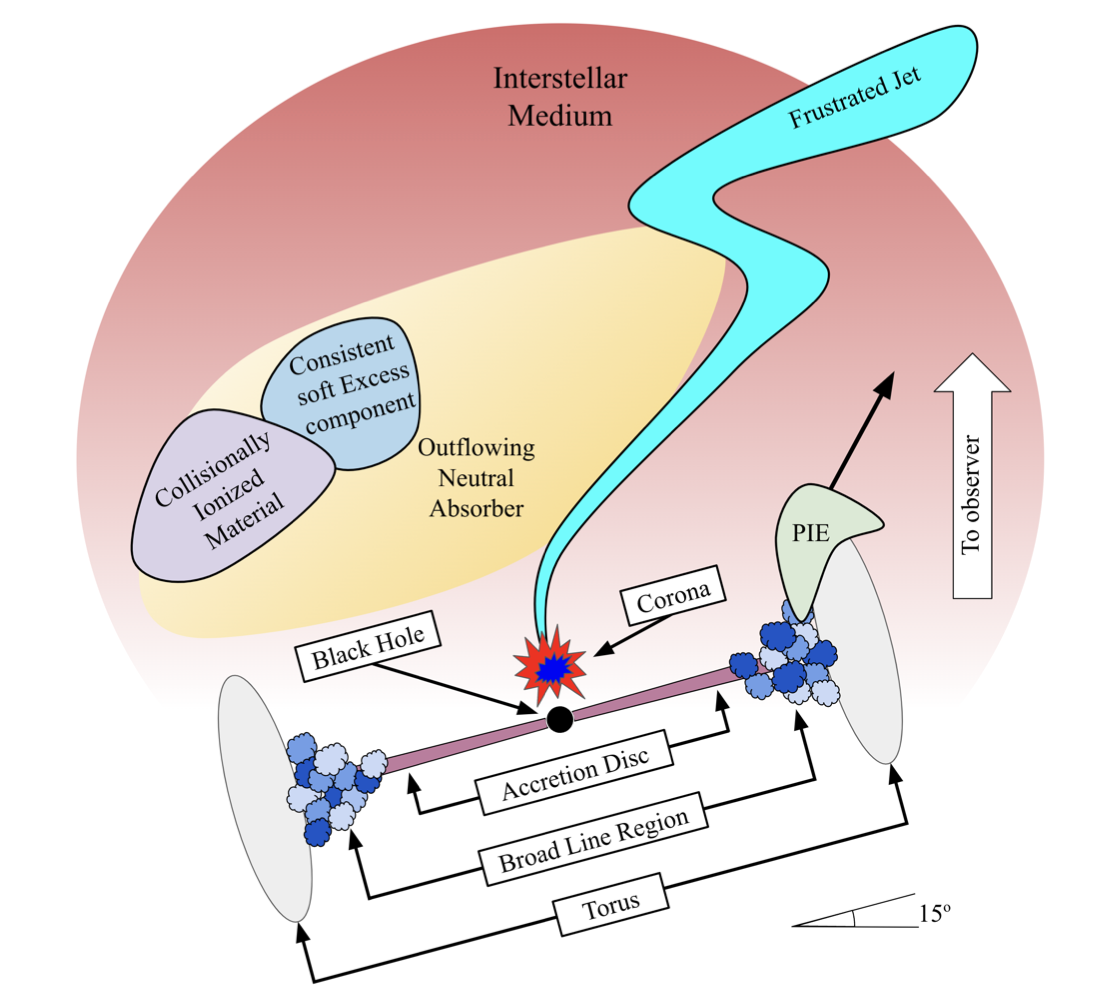
Simultaneous XMM and NuSTAR observations of Mrk 1239 reveal a dynamic AGN continuum underneath high levels of absorption. The rapid flaring and spectral shape seem to favour a blurred reflection origin of the emission above 6 keV. The work was led by grad student M. Buhariwalla.
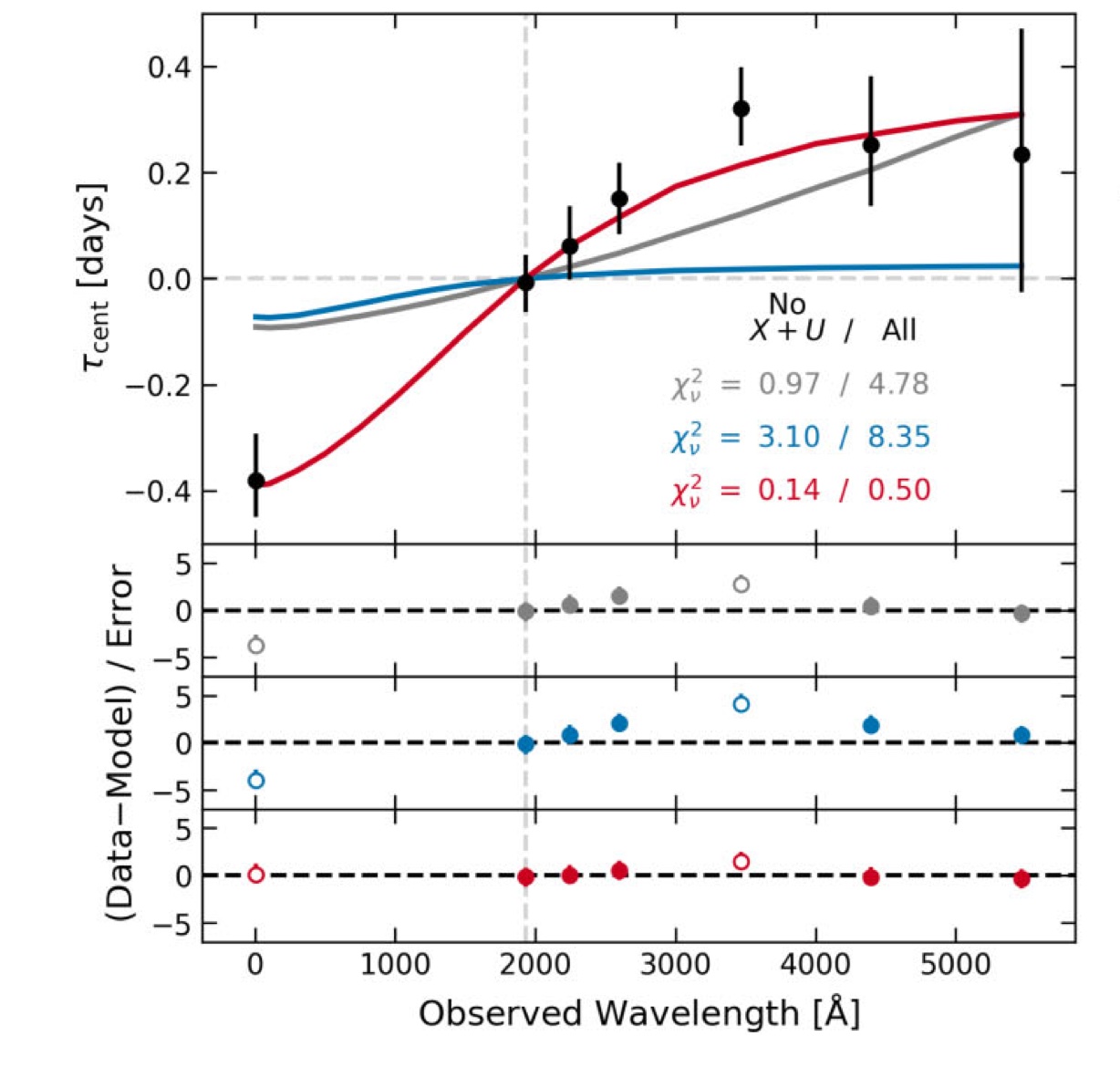
A 75-day monitoring campaign of NGC 6814 with Swift finds that the varitions and SED can not be self-consistently described by a standard accretion disc unless the outer disc is significantly truncated. This work was led by postdoc A. Gonzalez.
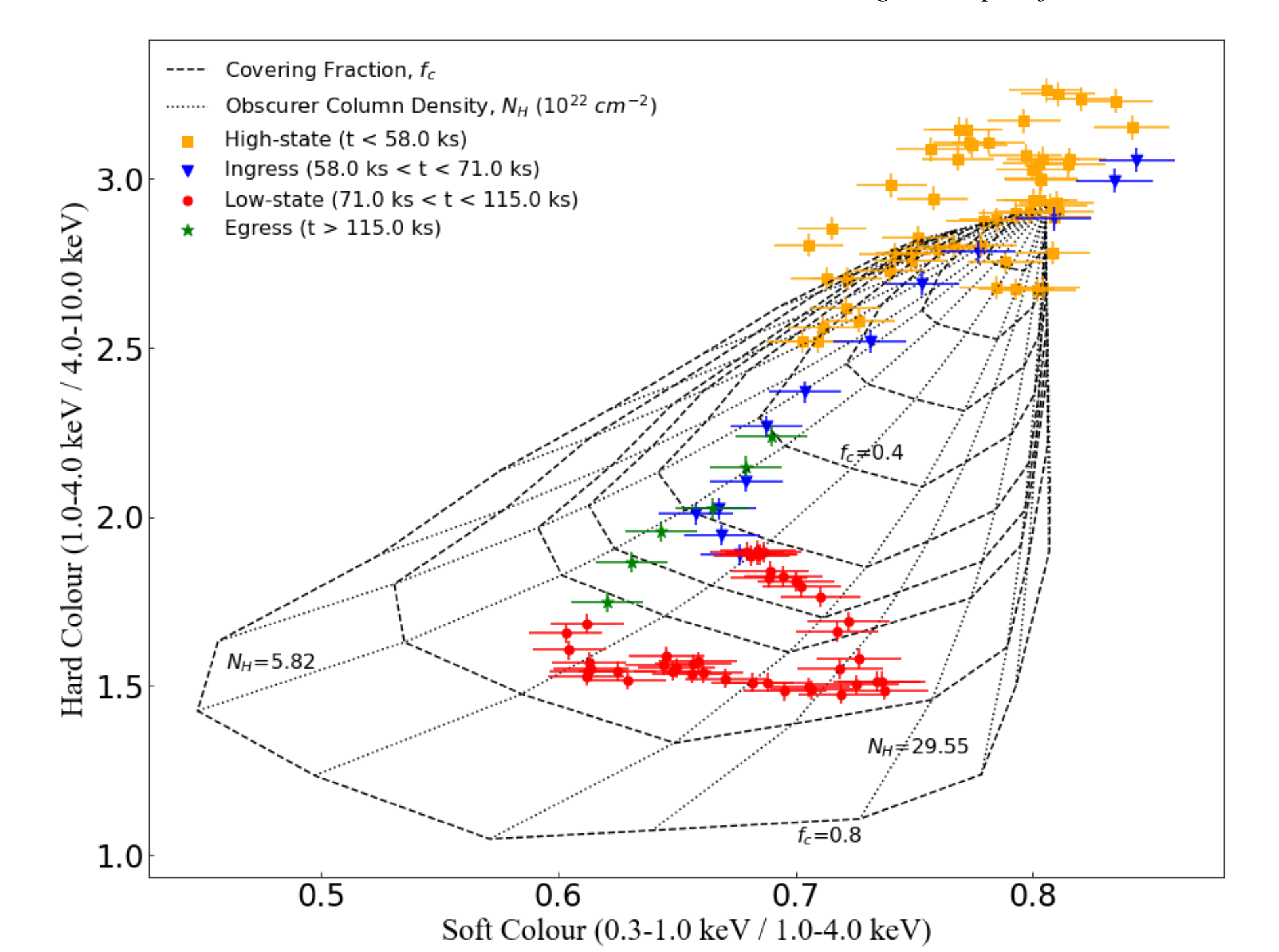
We study the previously discovered eclipse of NGC 6814 using colour-colour diagrams. We find that the obscuring cloud must be more complex and is likely multiple clouds of differing characteristics.The work was led by grad student B. Pottie.

A public talk I delivered to the RASC in March 2021.
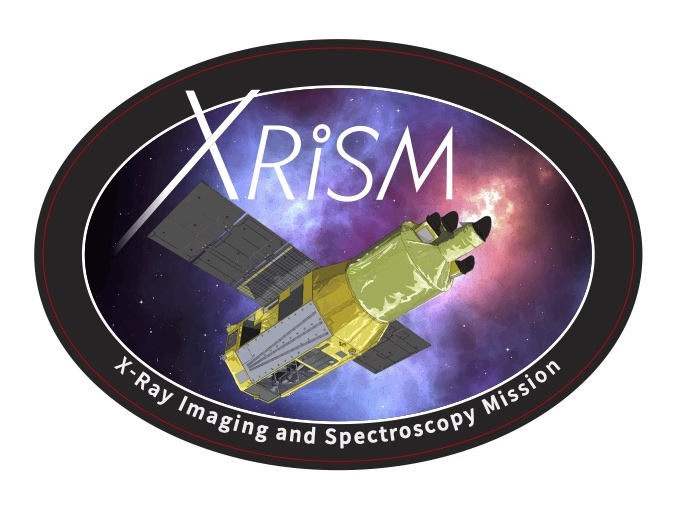
The X-ray Imaging and Spectroscopy Mission (XRISM) is expected to provide breakthrough results in diverse scientific areas, including the behavior of matter in extreme gravitational fields.
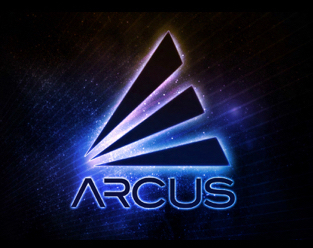
Arcus is a high resolution X-ray grating spectrometer mission that will investigate from the small scales to the largest, including the composition of minute interstellar dust grains, stellar evolution, feedback from supermassive black holes, and structure formation in galaxy clusters.

The Advanced Telescope for High ENergy Astrophysics (ATHENA) is the X-ray observatory mission selected by ESA to address the Hot and Energetic Universe scientific theme.
Saint Mary's University
Department of Astronomy & Physics
923 Robie Street, Halfiax NS, B3H 3C3, Canada
+1 902 420 5637
luigi.gallo AT smu.ca